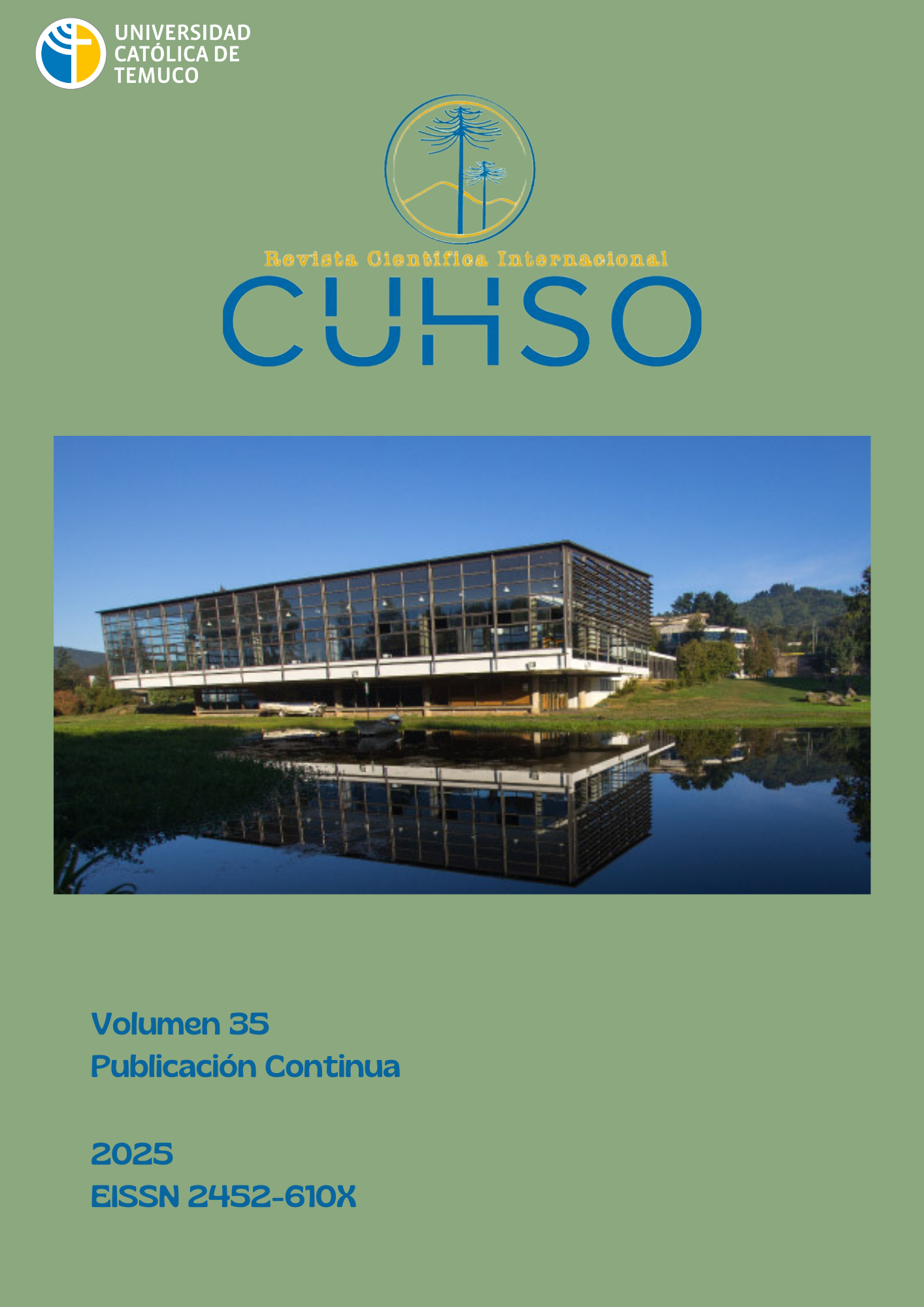Abstract
The establishment of the first viceroy of New Spain, Antonio de Mendoza, in Mexico City (1535-1550) led this place to become the viceroyal court because it became the seat of the king's alter ego and the government of the kingdom. This panorama caused the political-social articulation of New Spain to begin to be woven from that city through personal mediations, which were the fundamental elements of the cohesion of the royal court. In the same way, Mexico City served as the seat of the viceroy's house, which functioned as the nucleus of the viceregal court, since the servants of his entourage were placed in offices of justice, finance and war in the management bodies (Audiencia, Treasury, corregimientos, mayor mayor's offices, town halls, etc.). All this reflected the bases of the courtly entrenchment forged by Mendoza. Therefore, the article analyzes the organization of the household of the second viceroy of New Spain, Luis de Velasco, in order to understand the continuity of the order of domestic service through the bonds of friendship, familiarity, trust, loyalty, countrymanship, etc., that this ruler built with his most powerful and influential servants, who took over key positions in the administration of the viceroyalty. This meant the reinforcement and perpetuity of the “domestication” of the government of the kingdom, which implied that the viceregal court of New Spain fully developed its consolidation as a system of power. Our main sources are the viceregal mandates, the correspondence of authorities and the charges of the visitation against Velasco.

This work is licensed under a Creative Commons Attribution 4.0 International License.
Copyright (c) 2025 Javier Robles Bocanegra


